Triads are often overlooked by many guitar players, which is crazy because they are incredibly useful in any musical context, from live performance to songwriting. Really, if you’re using triads in any situation where you’re playing guitar, chances are, you sound awesome.
How to Construct a Major TriadLearn about the most important guitar chord - the Triad! Check out the full Guitar Super System course at http://udemy.com/guitar-super-system-level-1-unlock-your-potential/
Posted by Music is Win on Monday, August 17, 2015
Let’s take an example: say we have a simple G, D, C chord progression. Most guitarists would default to the generic beginner chords that you’re probably familiar with. That type of playing is appropriate at times, but as a wise man once told me, “You’re never smarter for not knowing something.”
If you play triads in place of those simple chords, you’ll hear a huge difference in the ability to convey different emotions by highlighting different notes in each chord, as well as discover new rhythmic deliveries of those chords that you otherwise wouldn’t think to play. If you’re in a setting with two guitarists, triads can be a way to differentiate your parts in order to build dynamics and make things more interesting by highlighting different sounds of an otherwise generic sounding chord progression.
Triad has the prefix “tri” which means three. A triad is organized in three notes — the root, the third, and the fifth. In this lesson we’re dealing with major triads, so the theoretical analysis would be root, major third, fifth. In plain terms, those notes are do, mi, sol (do, re, mi, fa, sol, la, ti, do).
Triads are then broken out into inversions. These inversions are identified as root position, first inversion, and second inversion. The top note will determine which inversion is which. Root position triads are constructed with the root note on top (the string closest to you), then the third, then the fifth. First inversion triads are constructed with the third on top, then the fifth, then the root. Finally, second inversion triads are constructed with the fifth on top, then the root, then the third.
Here is an example of a G Major triad sequence, starting on root position, and continuing up the neck to the octave and back down again to where we started.
To remember the distance of where you start one triad inversion from the other, simply recall the “do mi sol” reference. In the example above, we start with our root position G Major Triad. From there, we move the root note, G (5th note on the D string) up to the “mi” position, and form our first inversion triad, with the third note on top, B (9th fret of the D string).
If this jargon is new to you, I highly advise you to check out Guitar Super System so you can gain a full understanding of triads. I’ve taken guitar lessons from some of the best players on the planet, and the one thing every single one of them has stressed to me is the importance of triads. Once you unlock triads in place of more common chords, you will see a huge leap in your guitar playing.












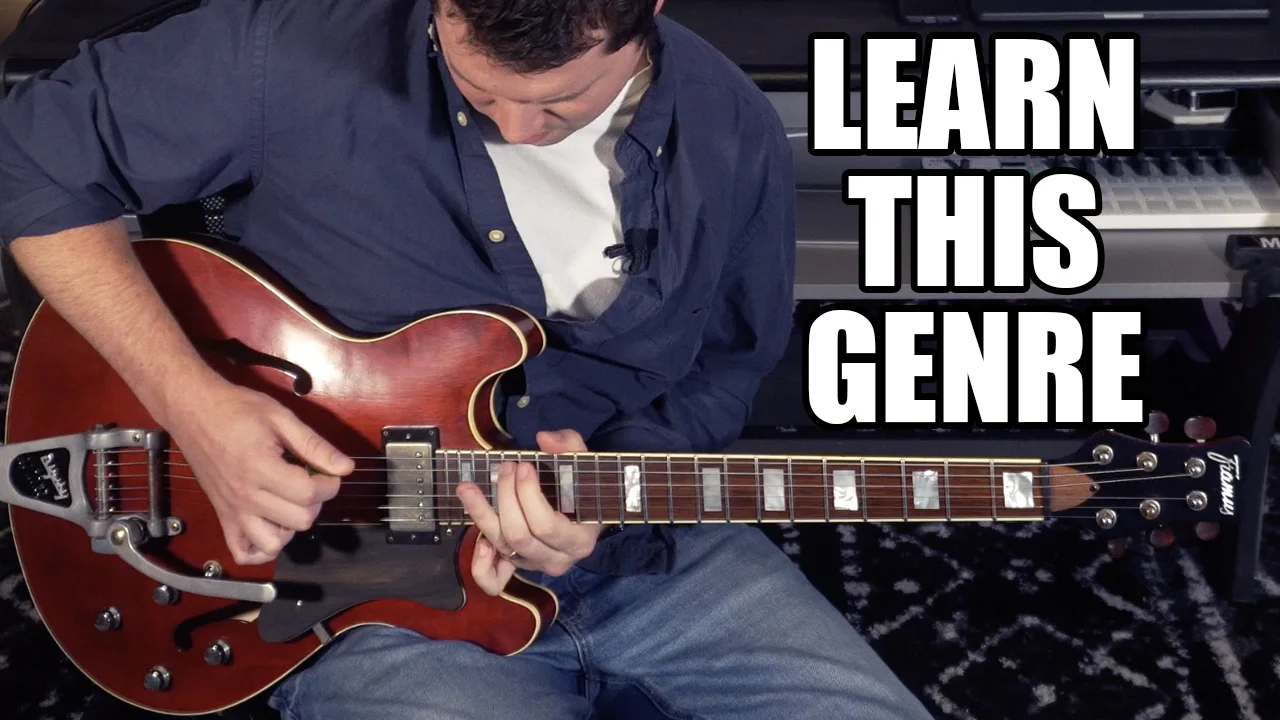



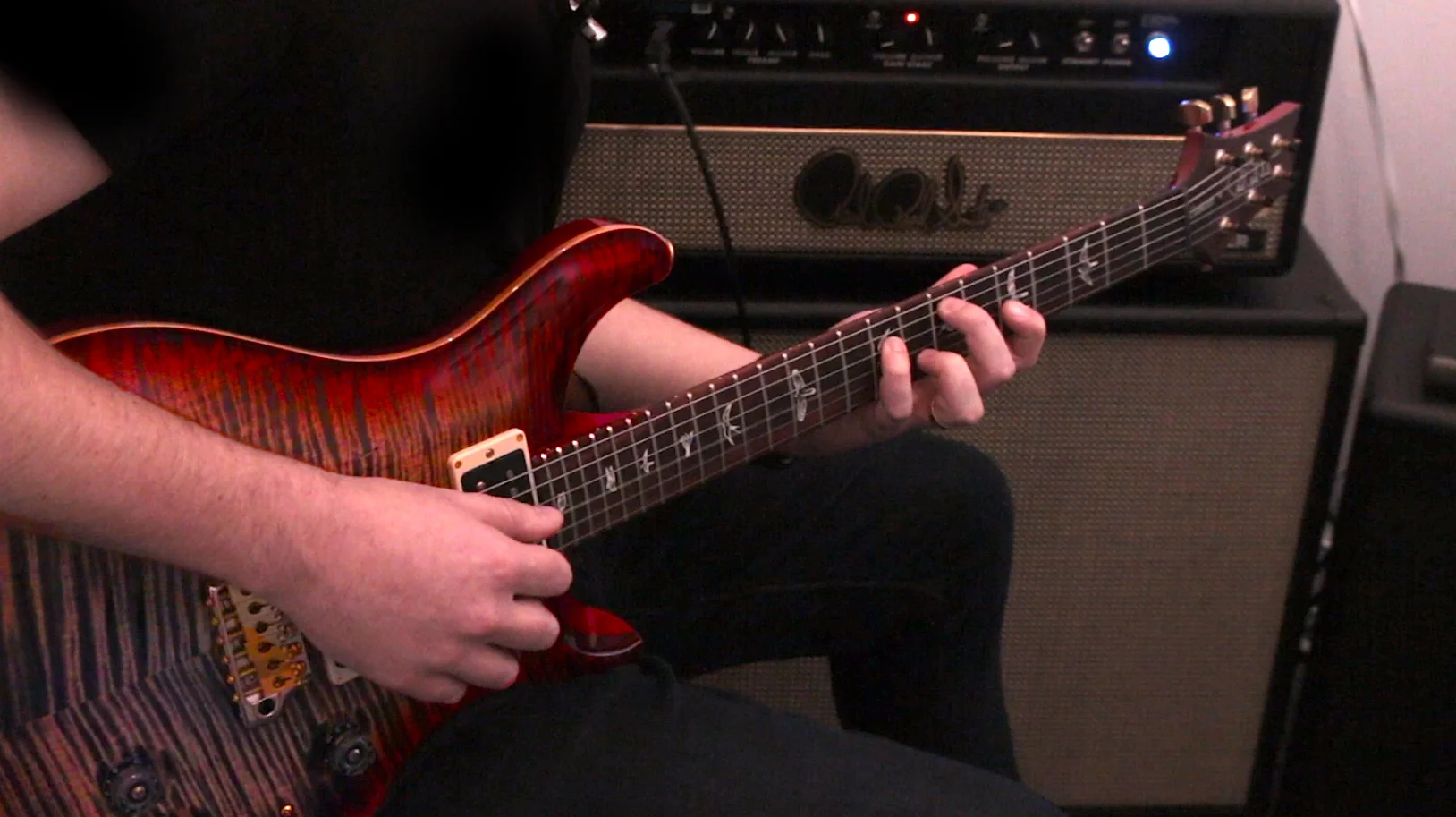


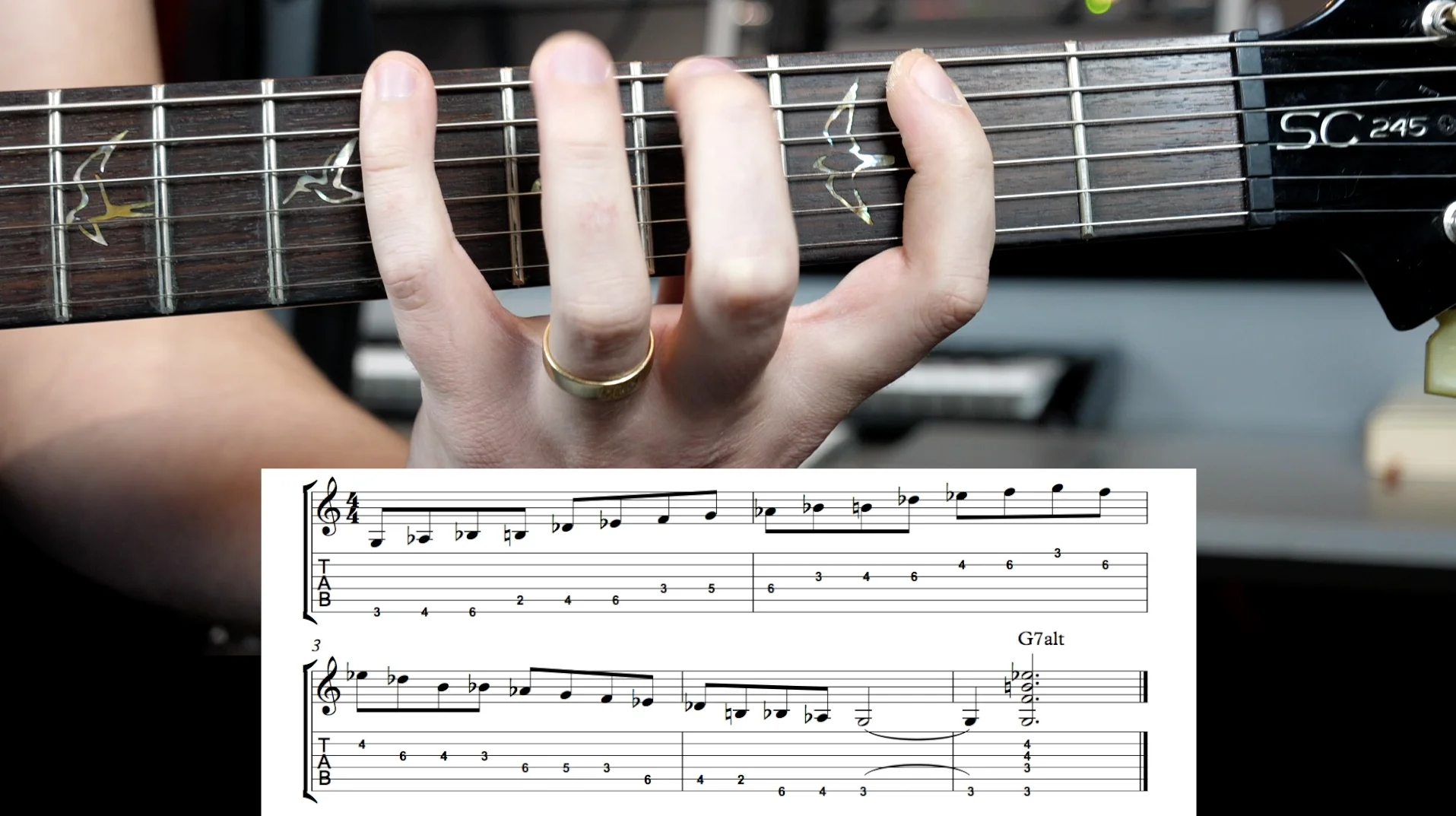






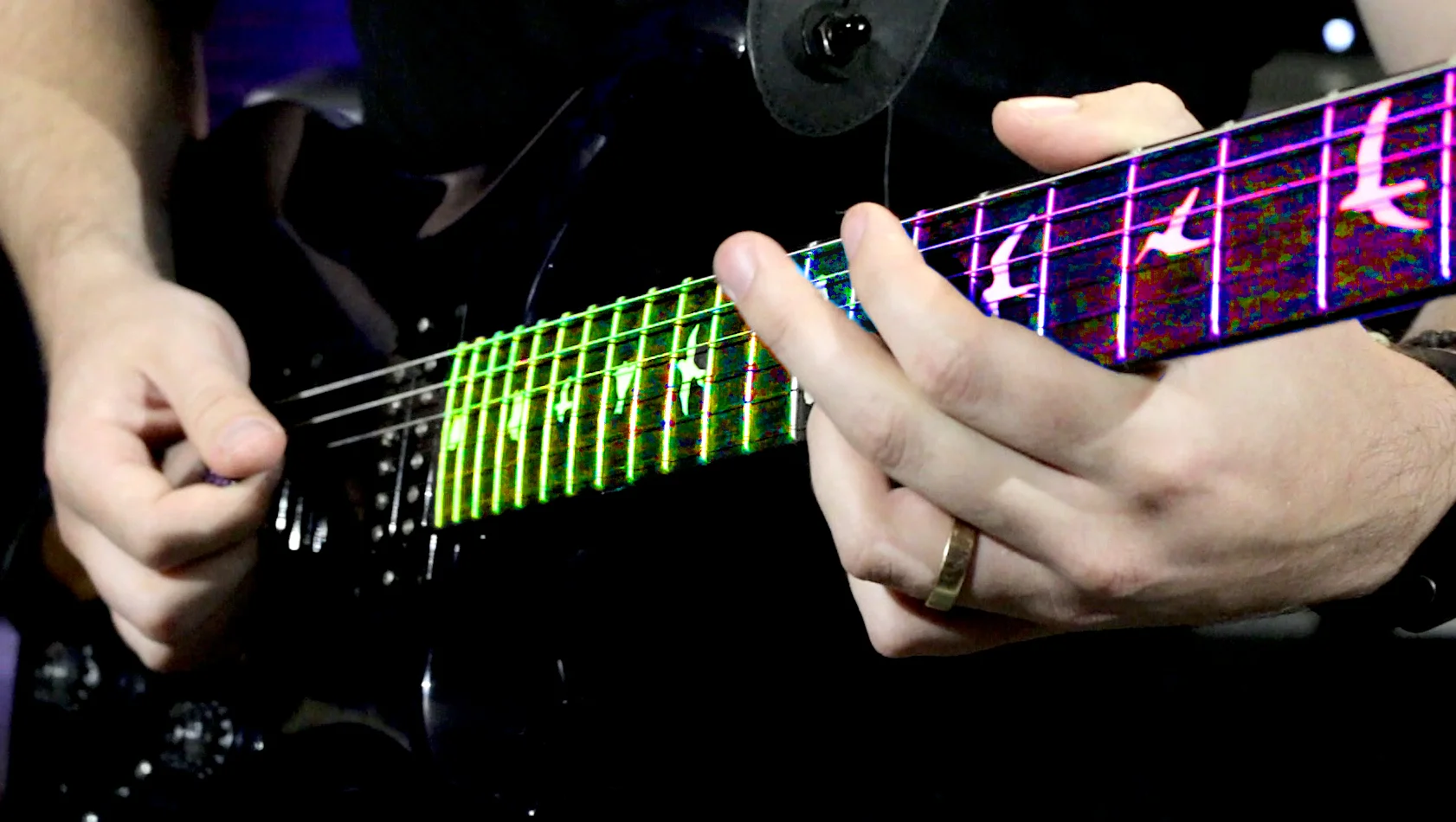






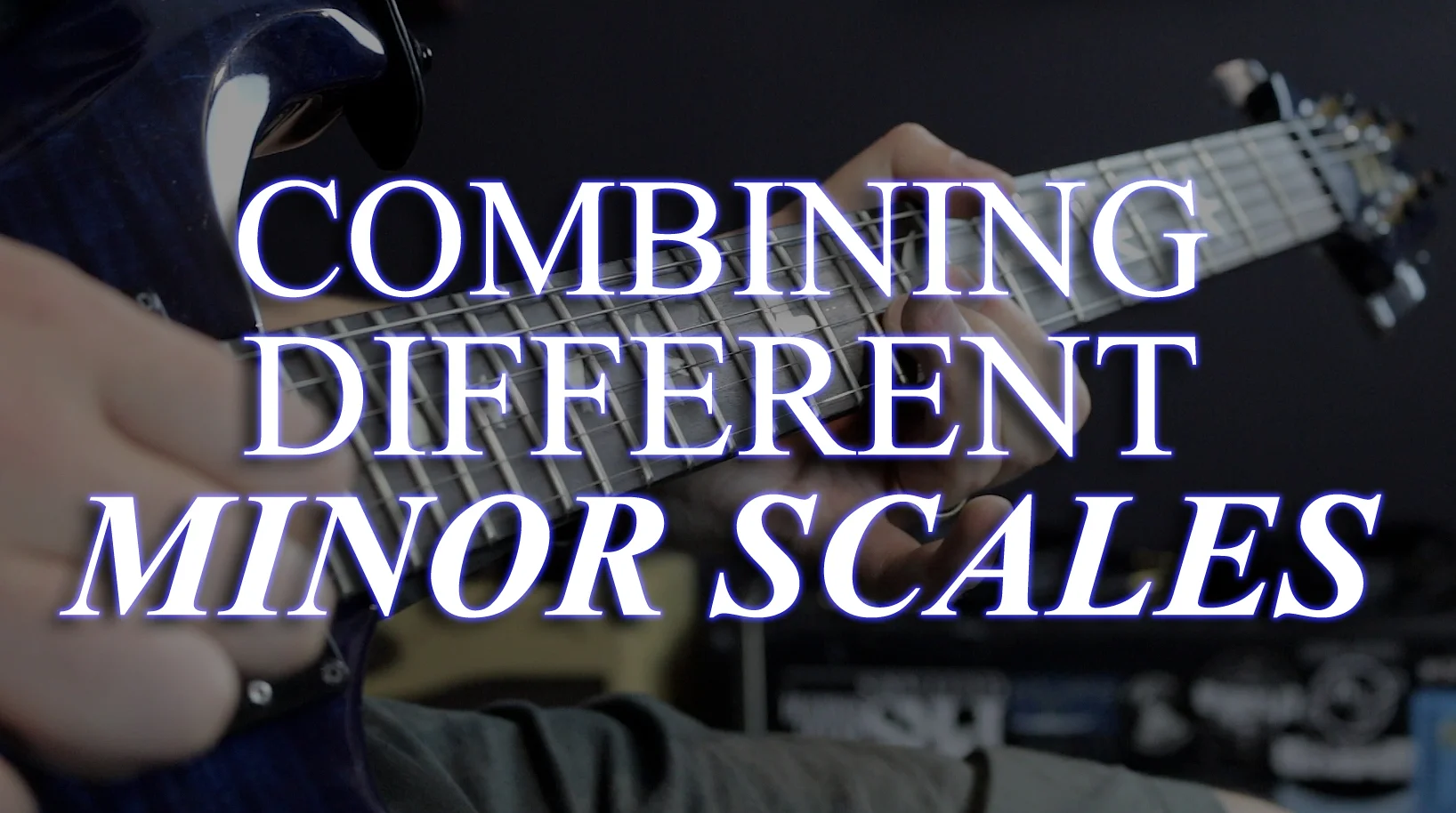

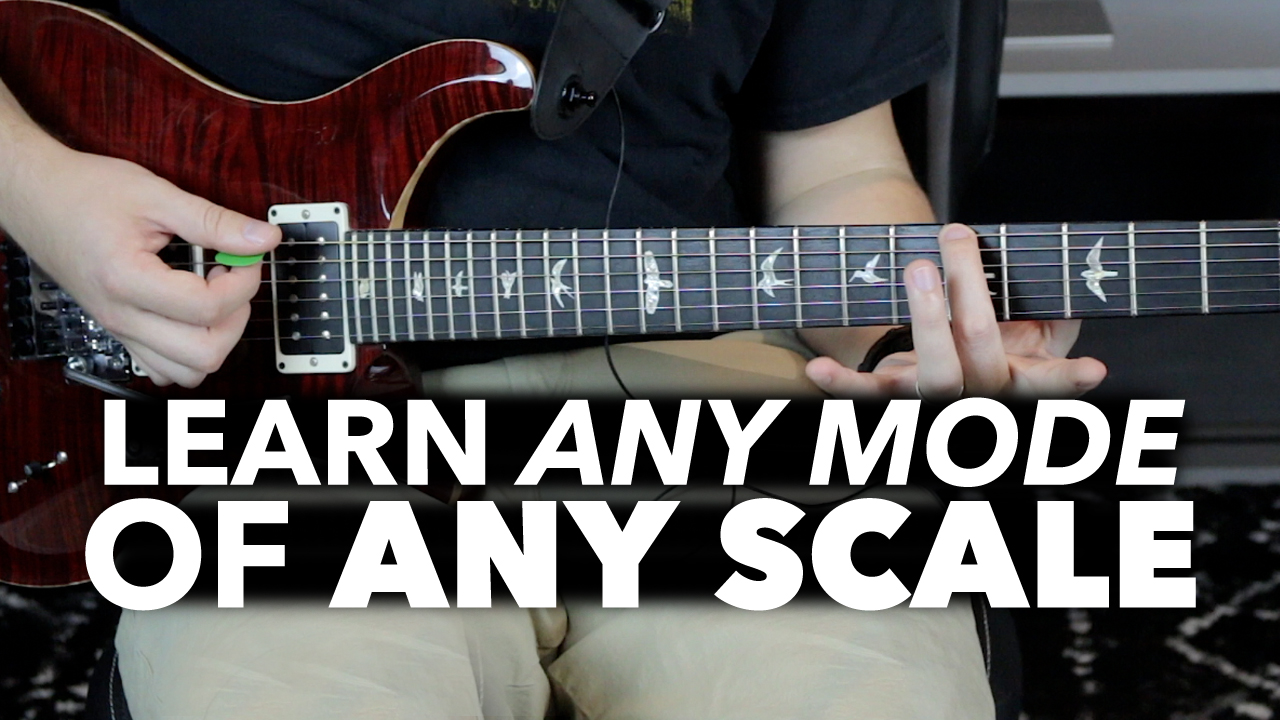

Prepare to play the most meaningful music you ever have.